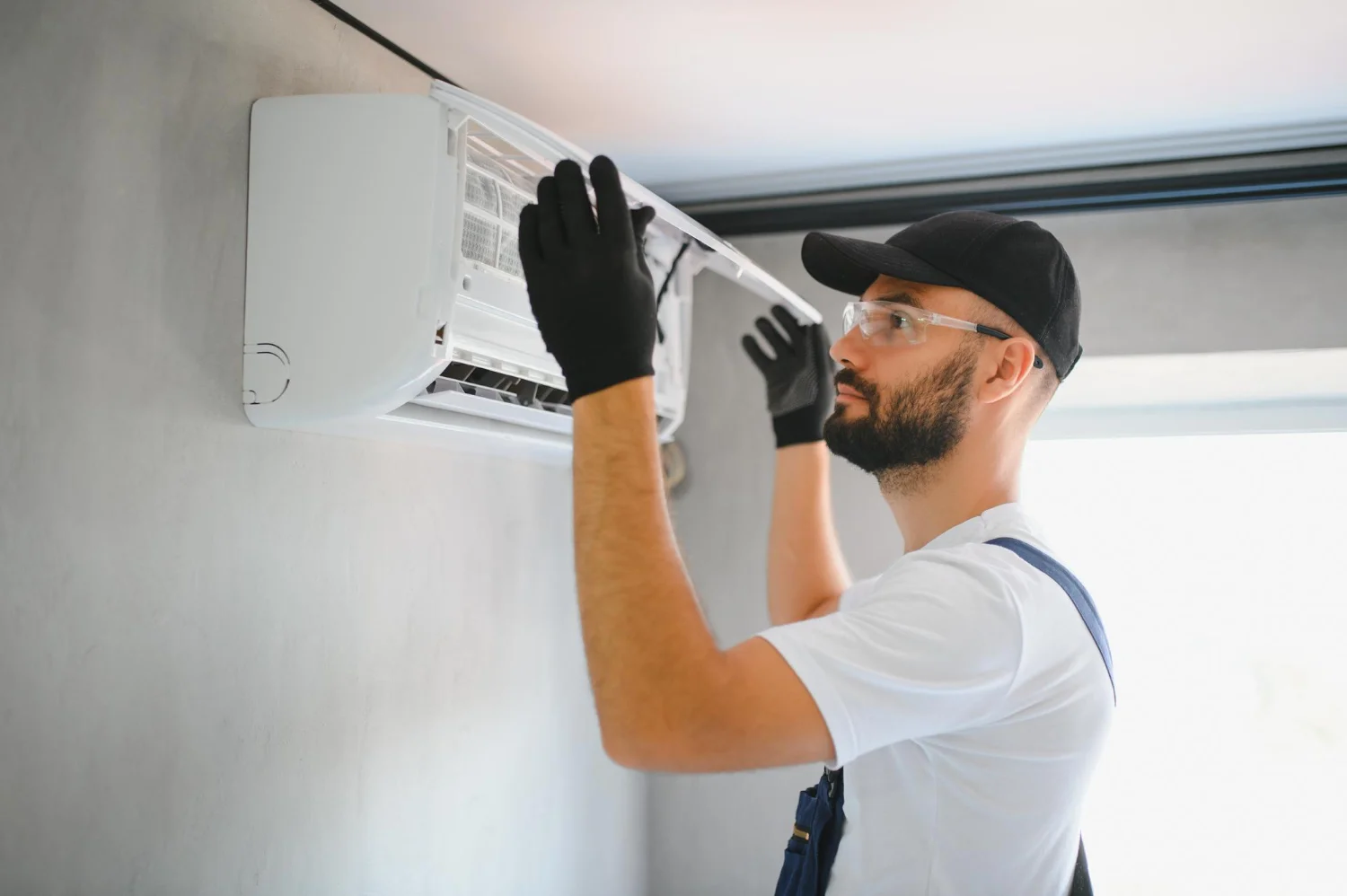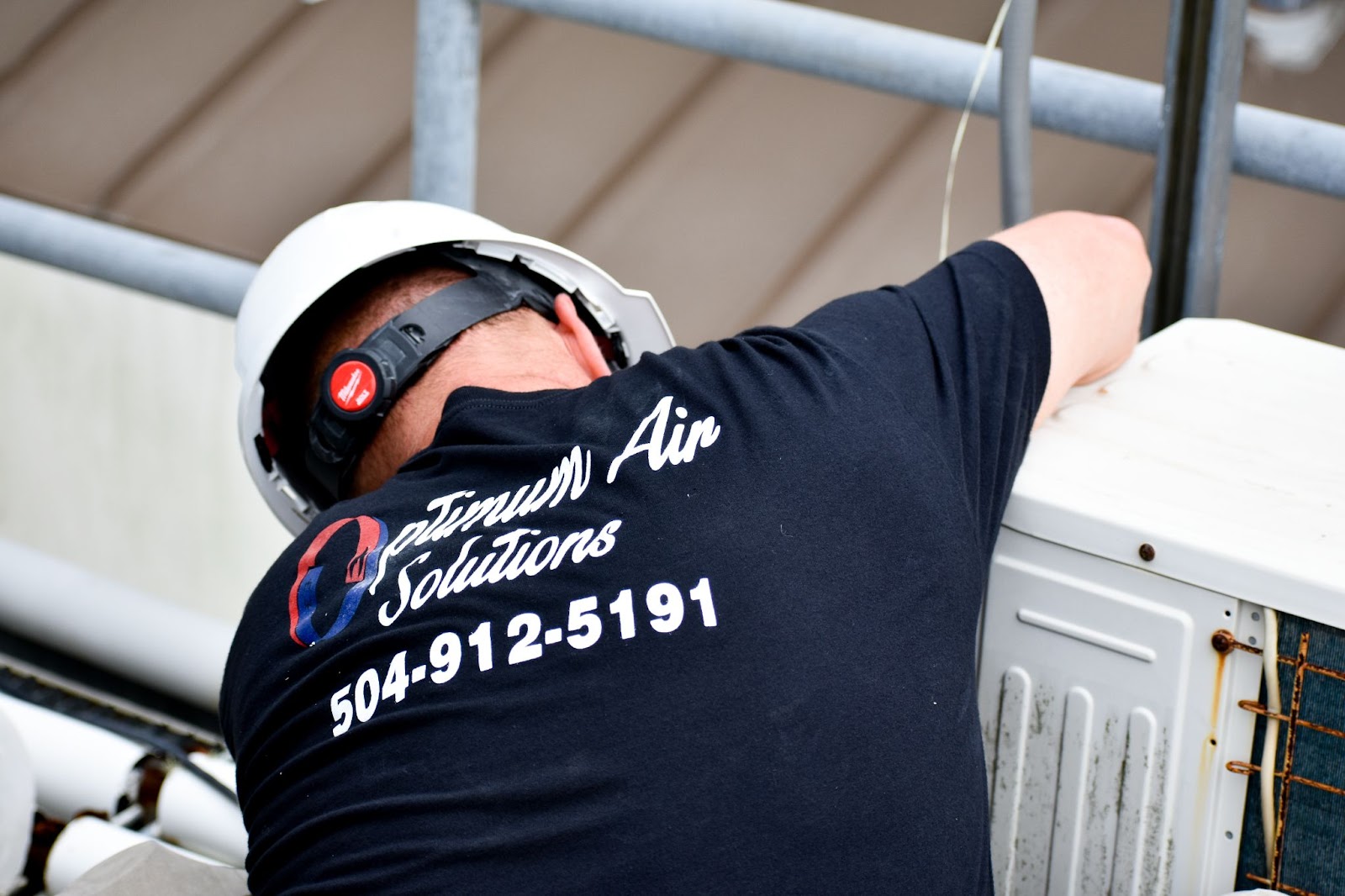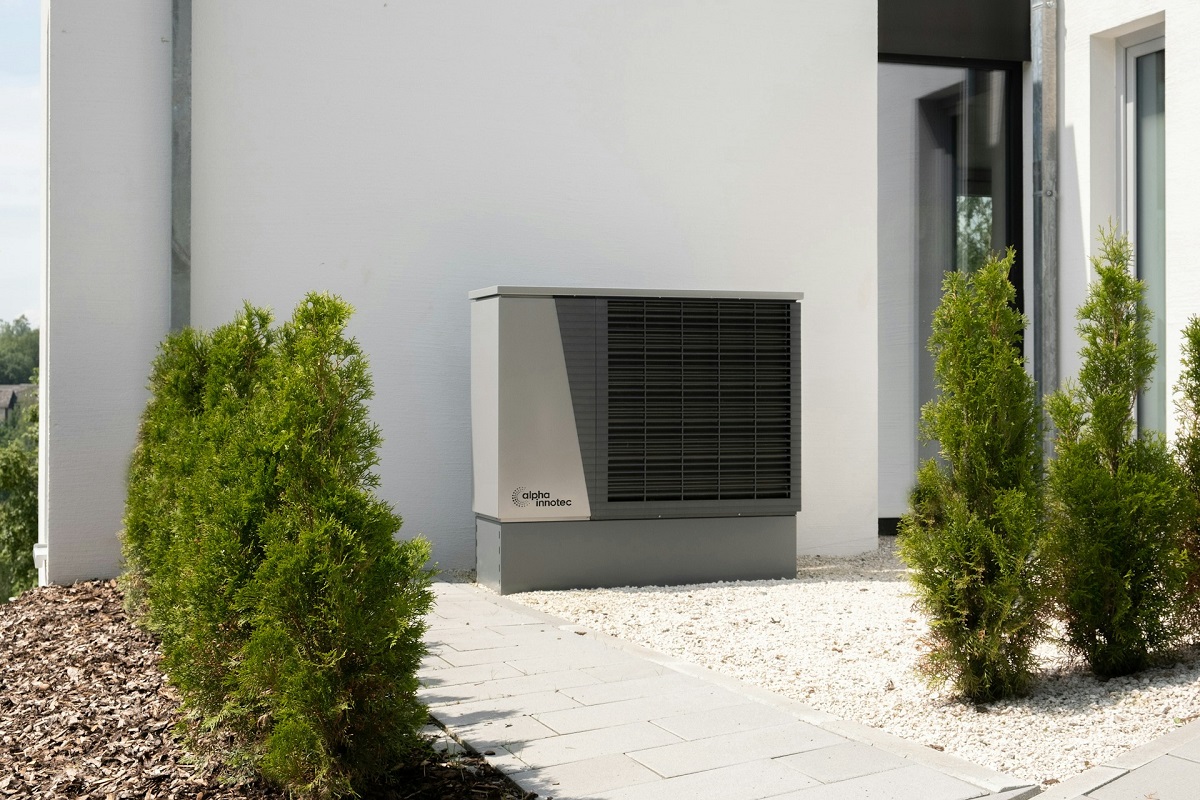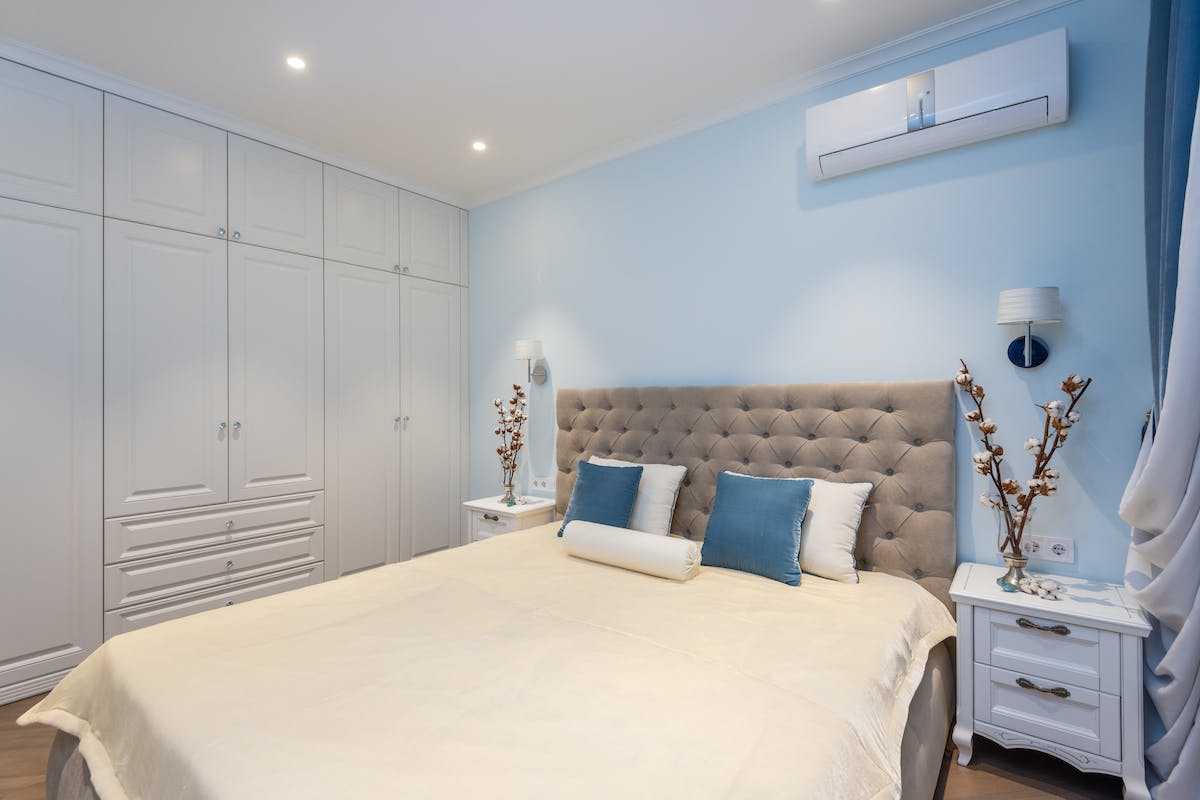
Ever felt the living room was too chilly while the bedroom was too warm, or the other way around? It’s a common problem, but there’s a solution, HVAC Zoning installation.
Ready to make your indoor space as comfy as can be? Discover these simple zoning system installation tips to take control of your home’s temperature.
This article is here to help you understand how to set up your HVAC zoning system with ease. No more battling uneven temperatures or worrying about high energy bills.
We will give you straightforward advice that will make your installation a breeze. With these pro tips, you will be well on your way to enjoying the perfect temperature in every part of your home.
So, let’s find out some pro tips for HVAC Zoning installation.
- Understanding HVAC Zoning
- Pro Tips for HVAC Zoning Installation
- 1. Plan Your Zones Carefully:
- 2. Choose the Right Equipment:
- 3. Properly Size Dampers:
- 4. Professional Installation:
- 5. Thermostat Placement:
- 6. Regular Maintenance:
- 7. Invest in a Smart Thermostat:
- 8. Calibration and Testing:
- 9. User Training:
- 10. Monitor and Adjust:
- Additional Tips to Maintain Your HVAC Zoning Installation System
- 1. Regular Cleaning:
- 2. Check for Air Leaks:
- 3. Update Thermostat Settings:
- 4. Replace Air Filters:
- 5. Schedule Professional Maintenance:
- 6. Monitor System Performance:
- 7. Address Damper Issues Promptly:
- 8. Upgrade to Smart Technology:
- 9. Review Energy Bills:
- 10. Consult with Professionals:
- Need a Professional HVAC Service Provider in Belle Chasse?
Understanding HVAC Zoning
Before getting straight to the Zoning system installation tips, it’s better to first understand the HVAC zoning.
HVAC zoning, or heating, ventilation, and air conditioning zoning, is a brilliant concept that allows you to have precise control over the temperature in different areas of your home or office. It’s like having a separate thermostat for each room, which means you can customize the climate to suit your preferences.
But how does zoning works?
Your indoor space is divided into zones, such as individual rooms or specific areas, depending on your needs. Each zone is equipped with its thermostat, allowing you to set different temperatures for different zones.
Special dampers in your HVAC system regulate the flow of air to each zone, almost like opening or closing doors. Sensors in each zone monitor temperature changes and communicate with the thermostat to maintain the desired climate.
Now let’s discuss some pro tips for HVAC zoning installation that will help you make the most out of your system.
Pro Tips for HVAC Zoning Installation
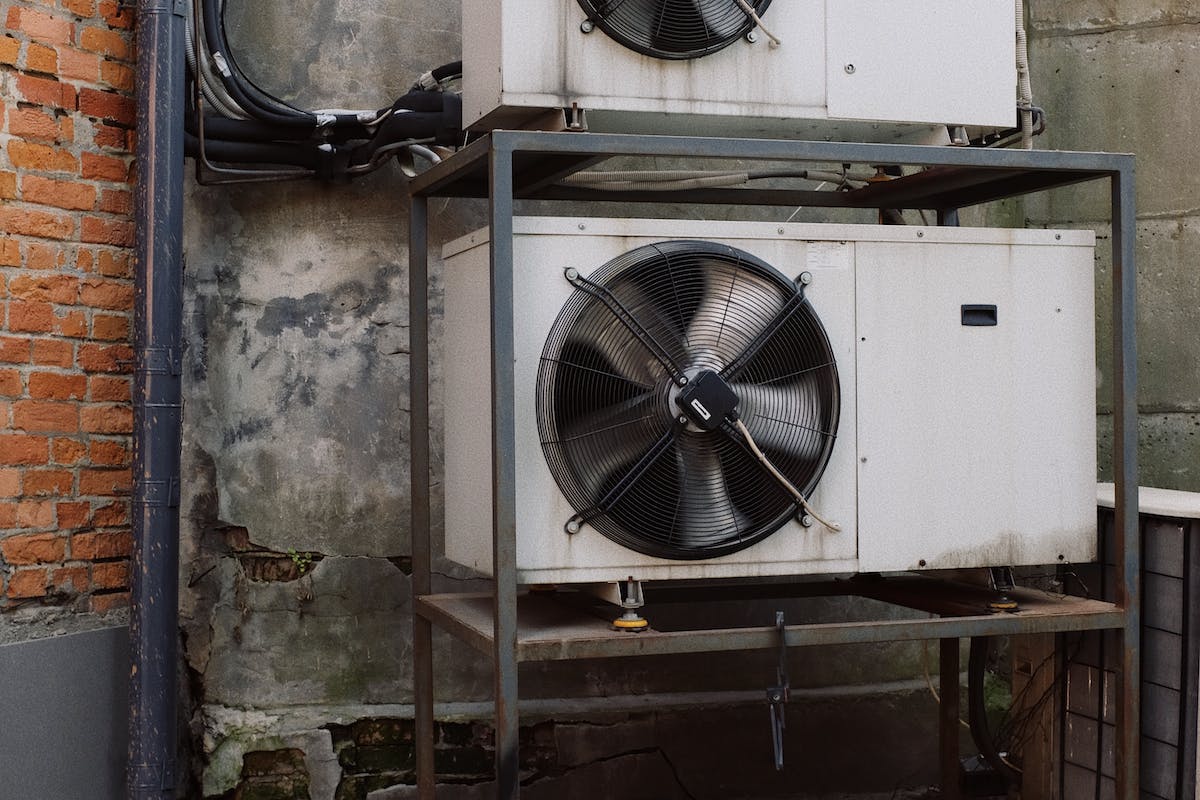
Whether you’re a DIY enthusiast or relying on professional help, these tips will help you make the most of your customized comfort zones:
1. Plan Your Zones Carefully:
Before you start, think about how you want to divide your space into zones. Consider factors like room usage, occupancy patterns, and temperature preferences. Careful planning is key to achieving the ideal zoning setup.
2. Choose the Right Equipment:
Ensure you select the appropriate dampers, thermostats, and sensors for your HVAC zoning system. Consult with a professional to make sure you have the right components for your specific needs.
3. Properly Size Dampers:
It’s crucial to choose dampers that are the correct size for your ductwork. Properly sized dampers will ensure efficient airflow control, reducing the strain on your HVAC system.
4. Professional Installation:
While DIY installation is an option, it’s often best to enlist the help of a professional HVAC technician. They have the expertise to install zoning systems correctly, ensuring everything works seamlessly.
5. Thermostat Placement:
Strategically place thermostats in each zone to accurately monitor temperatures. Avoid placing thermostats near drafty areas, direct sunlight, or heat sources, as this can lead to inaccurate readings.
6. Regular Maintenance:
Once your zoning system is up and running, don’t forget about regular maintenance. Schedule periodic checks to ensure all components are functioning correctly and that dampers are clean and free of obstructions.
7. Invest in a Smart Thermostat:
Consider using smart thermostats that can be controlled remotely via your smartphone. These can provide added convenience and flexibility for adjusting temperatures in different zones.
8. Calibration and Testing:
After installation, calibrate your zoning system to ensure that each zone’s temperature matches your desired settings. Test the system thoroughly to identify and address any issues promptly.
9. User Training:
If you are in a commercial setting or have multiple users, provide training on how to operate the zoning system effectively. Proper use can maximize energy savings and comfort.
10. Monitor and Adjust:
Keep an eye on your zoning system’s performance and make adjustments as needed. Changes in weather or occupancy may require you to fine-tune temperature settings for optimal comfort and efficiency.
By following these pro tips, you’ll be well-prepared to install and maintain your HVAC zoning system effectively. Whether you’re looking for energy savings, personalized comfort, or improved indoor air quality, HVAC zoning can transform your indoor environment, and proper installation is the first step to achieving these benefits.
Additional Tips to Maintain Your HVAC Zoning Installation System
Maintaining your HVAC zoning system is essential to ensure it continues to operate efficiently and provide the customized comfort you desire. Here are some additional tips to help you keep your zoning system in top-notch condition:
1. Regular Cleaning:
Keep the dampers, sensors, and thermostats clean and free of dust and debris. Regular cleaning prevents blockages and ensures accurate temperature readings.
2. Check for Air Leaks:
Inspect the ductwork and dampers for any air leaks or gaps. Seal any openings to prevent air from escaping, which can lead to energy waste and uneven temperature control.
3. Update Thermostat Settings:
Periodically review and update your thermostat settings to match your current comfort preferences. Adjusting temperature settings based on the season and occupancy can help optimize energy usage.
4. Replace Air Filters:
Don’t forget to replace air filters in your HVAC system regularly. Clogged filters can impede airflow and reduce system efficiency, affecting zoning performance.
5. Schedule Professional Maintenance:
Consider scheduling annual or bi-annual professional maintenance for your HVAC system, including the zoning components. A technician can identify and address any issues and ensure everything is functioning correctly.
6. Monitor System Performance:
Keep an eye on how well your zoning system is performing. If you notice uneven temperatures, unusual sounds, or increased energy bills, it may be a sign that your system requires maintenance or adjustments.
7. Address Damper Issues Promptly:
If you experience problems with individual dampers not opening or closing correctly, address them promptly. Damper malfunctions can disrupt the balance of your zoning system.
8. Upgrade to Smart Technology:
Consider upgrading to smart thermostats and sensors that can provide real-time data and insights into your zoning system’s performance. These devices can help you make informed adjustments for optimal comfort and efficiency.
9. Review Energy Bills:
Regularly review your energy bills to ensure your zoning system continues to provide energy savings. If you notice a sudden increase in energy consumption, it may be time for a maintenance check.
10. Consult with Professionals:
If you encounter any issues with your zoning system that you can’t resolve on your own, don’t hesitate to consult with HVAC professionals. They have the expertise to diagnose and fix problems effectively.
So, that was the article about tips for HVAC Zoning installation.
Need a Professional HVAC Service Provider in Belle Chasse?
Optimum Air Solutions is Here to Help You!
We are committed to enhancing your indoor comfort and well-being. Whether you’re looking for reliable HVAC service in Belle Chasse, expert AC installation service, prompt AC replacement service, or routine AC maintenance service, our team has you covered. Trust us to keep your home or business comfortable year-round!
Our experienced team is committed to delivering top-notch service and making sure your HVAC system operates efficiently and reliably.
Contact us today, and let Optimum Air Solutions take care of all your HVAC needs. Your satisfaction and comfort are our top priorities!
continue reading
Related Posts
“Comfort is priceless, but your AC shouldn’t be.” When the
If you have never needed an air conditioner (AC) replacement
Are you considering upgrading to a new heating system but

